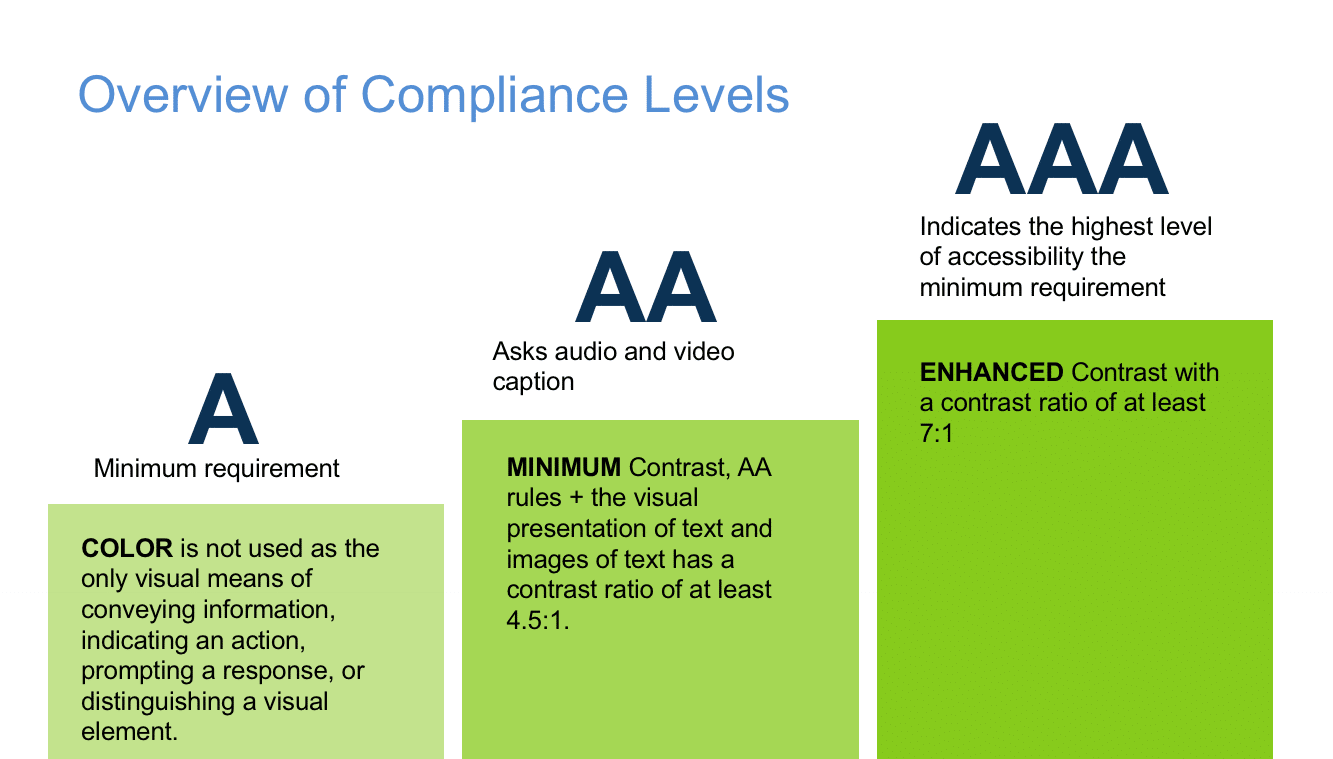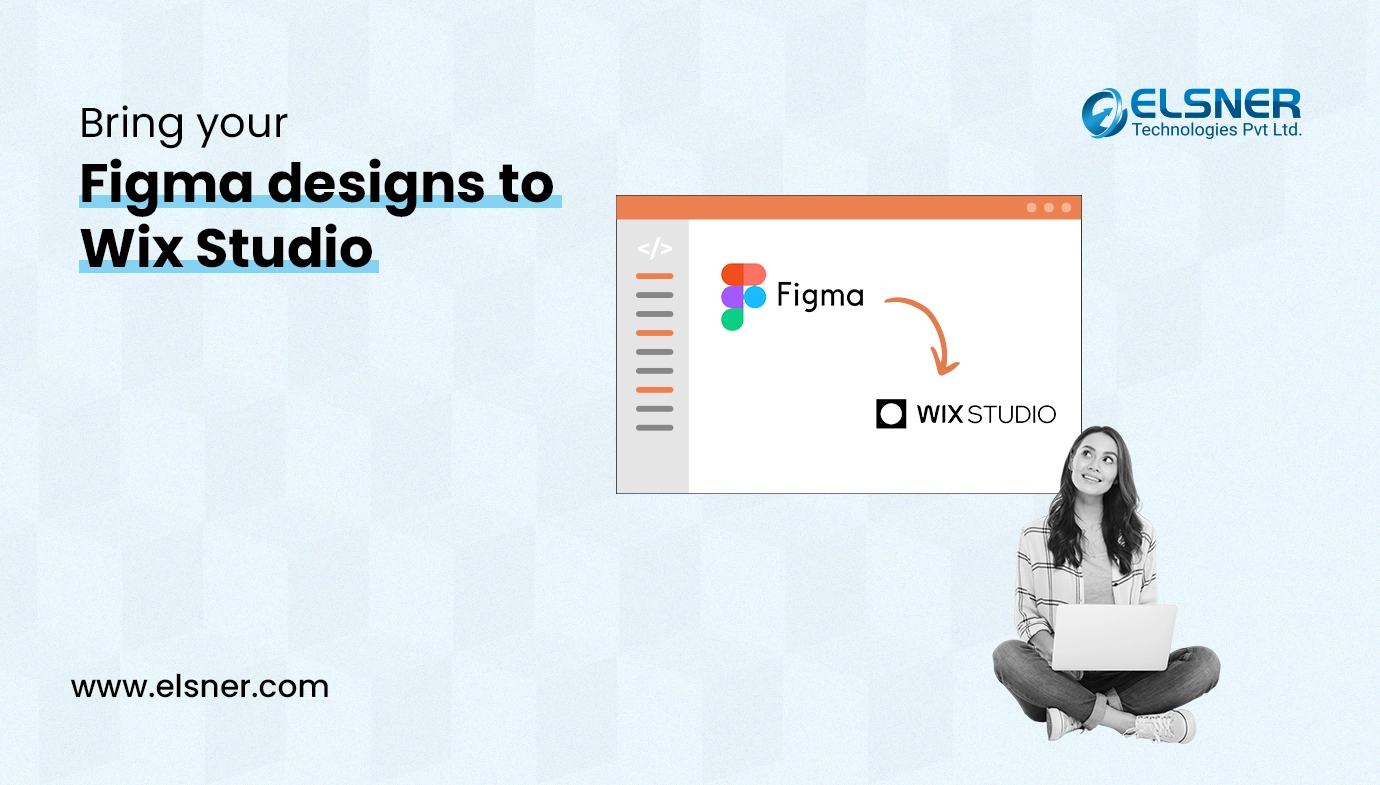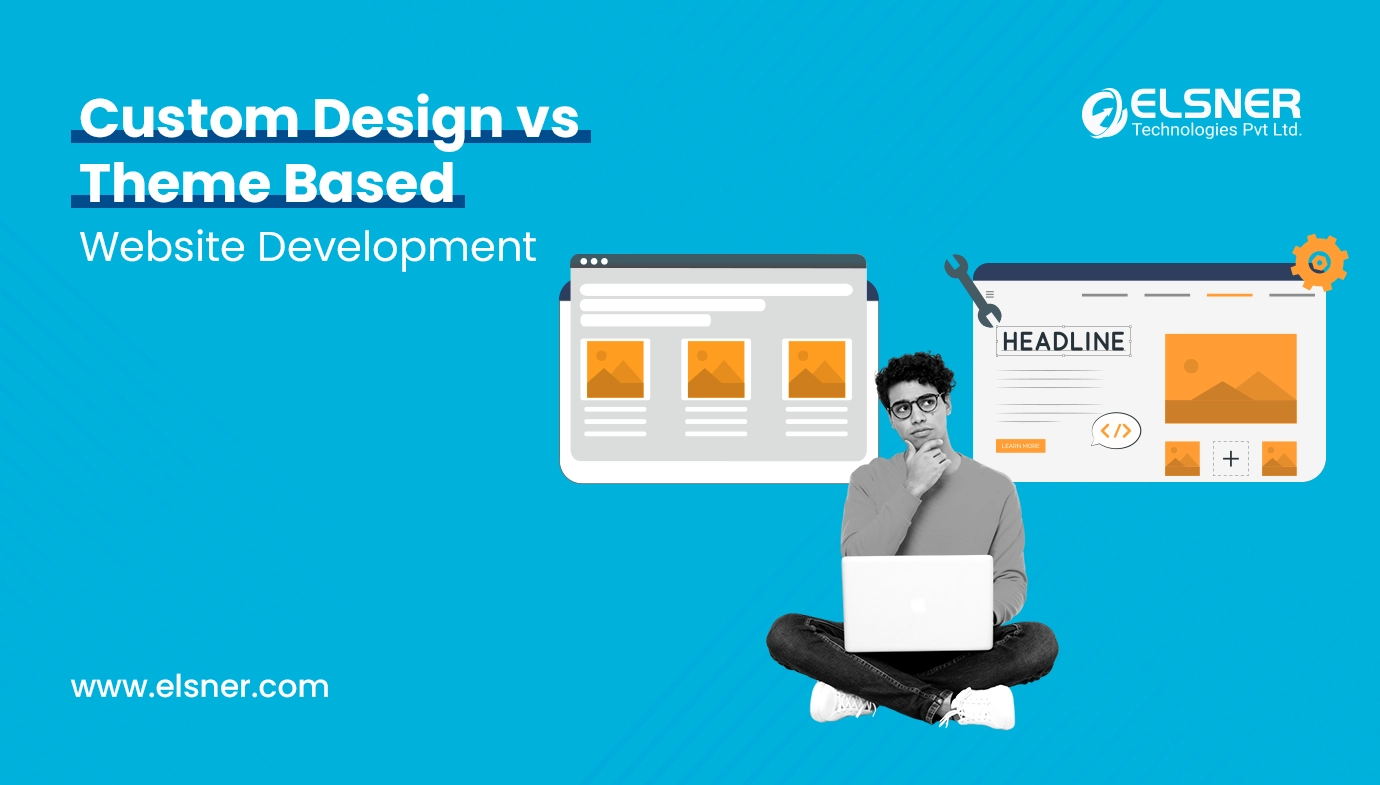- Decoding Level A & AA WCAG Compliance
- 1. Perceivable
- 2. Operable
- 3. Understandable
- 4. Robust
- ADA Compliance Website Guide and Steps
- Reasons to go for ADA compliant website
- 1. Expanding Your Reach
- 2. Enhanced User Experience and SEO
- 3. Building Brand Reputation and Mitigating Risks:
- Are all Websites Created by Elsner ADA Compliant?
- ADA Compliance Tools Used by Elsner Technologies
- Make Your Website ADA Compliant Today!
Making your website accessible to users with disabilities isn’t just about legal compliance, it’s also a smart business decision backed by compelling statistics. Here’s a closer look at the benefits of ADA-compliant website design in 2024 and beyond:
These people faced discrimination when it came to:
1. Employment
2. State & local government
3. Public accommodations
4. Commercial facilities
5. Transportation
6. Telecommunications
The ultimate objective of the act was to come up with an all-inclusive, national mandate that eradicates discrimination against those with disabilities. With time, there has been a change in ADA.
There was a time when only physical businesses, federal offices, and public realms were ensured that the goods and services sold by them were accessible to people with disabilities. This provision was there for physical accommodations like elevators and ramps which allowed people to get across the school, government facility, or even a retail store. However, no one would have imagined its impact on the virtual environment.
As time has passed, technology has reached a new benchmark, and with that, we are seeing businesses needing to have ADA compliant websites. Today, even online brick and mortar spaces on the internet have to take care that people with disabilities do not face any problems while accessing their websites. This phenomenon has become a real game-changer. If you are not in the game of meeting ADA requirements for websites, then you are deemed to lose the game in the long run.
Keeping this perspective in mind, Elsner Technologies has always been an active participant in entertaining the requests of its clients when it comes to making their website ADA compliant. We confirm with the standards set by WCAG 2.0 – Web Content Accessibility Guidelines in such a way that people with disabilities can effortlessly navigate through the websites we design.
Do You Want to Build an ADA Compliance Website? Contact Us
A prime example of an ADA-compliant website is when a visually-impaired person can order their groceries or access their bank account by using a screen reader or a screen reader plug-in like ChromeVox.
W3C (World Wide Web Consortium) utilizes the WCAG and follows WCAG 2.0 Compliance on three levels:
- A
- AA
- AAA
Image source: bostondigital.com
Note: WCAG AAA compliance is 100% in congruence with Section 508, which has a severe impact on the design, performance, and look/feel. The Department of Justice (DOJ) has already said that 508 compliance (AAA) is not practical. And so, A and AA will only be considered as acceptable standards.
Decoding Level A & AA WCAG Compliance
Unlike the ADA which provides a mandate for fair treatment of people with disabilities across various aspects of public life, the WCAG mainly concentrates on web accessibility. It provides guidelines to web developers who wish to develop websites that are more accessible to disabled users.
There are in all 12 guidelines present in WCAG specifically for web accessibility, which have been condensed into four principles. Let’s look at them.
1. Perceivable
2. Operable
3. Understandable
4. Robust
1. Perceivable
According to this principle, you need to provide text options for non-text content. Do not forget to provide captions and other options for multimedia. The ultimate objective is to present the content in different ways like assertive technologies without losing the crux of the information.
2. Operable
All the functionality of the website should be accessed through keyboards. Ensure that the users get ample time to read and use the content. Ensure that the content is prepared in such a way that it does not cause a seizure. It should assist users in navigating quickly and searching for important content.
3. Understandable
The text should be kept in such a way that it is readable and comprehensible. Also, make sure that the content is depicted and operated in a predictable manner. It should assist users in avoiding and correcting mistakes.
4. Robust
The website should be compatible enough with current and future user tools.
ADA Compliance Website Guide and Steps
1. Ensure that the title of your website is exclusive, to the point, and describes the content of the page;
2. The content needs to be readable and organized – Keep a minimum of one heading tag on every page of the website;
3. Heading tags need to be in proper sequencing. For example, a page with headings listed as h2, h1, and h3 is unacceptable;
4. If the text looks like a heading it needs to be marked as heading which should have relevance according to the content;
5. The form controls and drop-down menus should be keyboard accessible;
6. Ensure that there is sufficient contrast between text and background which makes the text easy to read;
7. There should be a contrast ratio of a minimum 4:5:1 for normal-size text;
8. If the text is resized it should be in readable form;
9. Add alt text for any multimedia, images or videos;
10. Title frames with text that facilitate frame identification and navigation;
11. In case of timed out response, alert the users, and they should indicate more time is required;
12. Design the web pages in such a way that the information is depicted in the same with color as without color.
These are some of the steps to meet ADA web compliance.
Reasons to go for ADA compliant website
1. Expanding Your Reach
Significant Audience Potential: In the United States alone, an estimated 20% of the population lives with some form of disability, translating to a potential audience of over 56 million individuals [Source: American Institutes for Research]. This number is expected to rise in the coming years, as the population ages and assistive technologies become more widely adopted. By ensuring website accessibility, you’re opening doors to a vast and diverse customer base that might otherwise be excluded.
2. Enhanced User Experience and SEO
Improved Usability for All: ADA compliance goes beyond catering to specific disabilities; it promotes good design principles that benefit everyone. Clear navigation, keyboard accessibility, and alternative text for images create a smoother and more intuitive experience for all users, potentially leading to higher engagement and conversion rates. A 2023 study by [Source: WebAIM] found that 71% of web users with disabilities have abandoned a website because of accessibility issues. This highlights the importance of creating an inclusive experience that caters to diverse needs.
Search engines like Google prioritize websites that are user-friendly and accessible. By adhering to ADA guidelines, you’re not only improving user experience but also potentially enhancing your website’s search engine ranking, making it easier for potential customers to find you online. A 2024 report by [Source: Search Engine Journal] suggests that websites with strong accessibility scores tend to rank higher in search engine results pages, further emphasizing the link between ADA compliance and search engine visibility.
3. Building Brand Reputation and Mitigating Risks:
Positive Brand Image: In today’s socially conscious environment, demonstrating inclusivity through an ADA-compliant website strengthens your brand image and conveys a commitment to social responsibility. This can foster trust and loyalty among customers and potential partners. A 2023 survey by [Source: Cone Communications] found that 83% of consumers are more likely to support a brand that demonstrates a commitment to diversity and inclusion.
Reduced Legal Risk: The legal landscape surrounding website accessibility is evolving, and lawsuits against non-compliant websites are on the rise. Implementing ADA-compliant design from the outset can help mitigate legal risks and associated expenses. While there is no definitive ruling on ADA compliance for websites, adhering to best practices and WCAG guidelines can significantly reduce the chances of legal challenges.
Are all Websites Created by Elsner ADA Compliant?
We create ADA compliant websites only after receiving special requests from them. We take care to put in extra efforts to ensure that the end results are in accordance with the requirements of our esteemed clientele. However, remember, just because we have created the website does not necessarily mean that it is going to be an ADA-compliant website. The level of ADA compliance website needs to be agreed upon that is needed to be accomplished.
If you need a similar thing done on your website, contact us today!
ADA Compliance Tools Used by Elsner Technologies
We use the following validation tools for ADA compliance:
http://fae.cita.uiuc.edu/
http://achecker.ca/
http://www.cynthiasays.com/
http://www.powermapper.com/products/sortsite/checks/accessibility-checks.htm
Note: Elsner uses these tools to confirm ADA compliance. If you have a preference for a different verification tool, do let us know.
Make Your Website ADA Compliant Today!
In this competitive online business era, give your website every possible chance to edge over others, and ensure that it works well for people with special abilities. Ensure that your company does not get into the unnecessary legal hassle for not being ADA compliant by taking care of all the necessary parameters. If you wish for an ADA compliant website, we can help you achieve this endeavor.
Certain websites require less groundwork, while others need to work from scratch. In either of these cases, we can help you. If you wish to go for an ADA compliant website without any redesigns, we will honor that. We understand that you have already invested a lot in creating your website and do not wish to put in additional resources we will help you with minimum fuss.
Investing in ADA compliance is an investment in your website’s accessibility, usability, and ultimately, your brand’s success. By embracing inclusivity and catering to a wider audience, you position yourself for sustainable growth and positive brand perception in 2024 and beyond.

About Author
Pankaj Sakariya - Delivery Manager
Pankaj is a results-driven professional with a track record of successfully managing high-impact projects. His ability to balance client expectations with operational excellence makes him an invaluable asset. Pankaj is committed to ensuring smooth delivery and exceeding client expectations, with a strong focus on quality and team collaboration.





